The Nike Vaporfly range has taken long distance running by storm over the last two years. They introduced new technologies that claim to give athletes at least a four per cent better energy return than normal trainers.
That performance boost has been labelled as unfair by some supporters of the sport, with the shoes even being described as “mechanical doping”.
Now though, the IAAF have stepped in and imposed sanctions on the Vaporflys, Nike’s next iteration, so here’s a rundown of why there’s so much fuss.
What Makes The Vaporflys Special?
The first key feature of the Vaporflys is a carbon fibre plate in the midsole which is believed to work in a few different ways. It helps stabilise the wearer’s ankle on impact, thereby taking pressure off their calves. The plate also reduces toe flexion, and compresses when hitting the ground before springing back into shape to maximise energy return.
Many runners report a bouncing sensation when wearing the shoes which is likely created by the ultra-lightweight ZoomX Foam in the midsole - the second key ingredient. Independent as well as Nike-funded research suggests the shoes do improve energy expenditure by over four per cent, which makes a big difference over 26.2 miles. And those findings have been pretty strongly backed up with evidence from marathons around the world.
Last year, in the same weekend, two records were shattered as Eliud Kipchoge broke the two-hour barrier in an unofficial attempt and Brigid Kosgei smashed 81 seconds off of Paula Radcliffe’s world record that had stood since 2003, both in versions of the Vaporfly.
Professional marathon runners who are not sponsored by Nike have even been wearing blacked-out versions of the Vaporflys to remove any branding, or removing the upper unit and attaching a new one with a different manufacturer’s logo, as in one case involving a Spanish athlete.
What Do The New Rules Mean?
The versions that are currently available at the time of writing are all still legal under new sanctions, but the AlphaFlys - worn by Kipchoge in the Ineos 1.59 challenge - will be banned. Shoes can no longer have a sole of more than 40mm thick, ruling out the Kenyan’s prototypes. Controversy still lingers, however, over how Kosgei’s record is now dealt with, because it is widely claimed she was wearing a specification of the Vaporflys with extra cushioning, and it is unclear whether they were within the new limits. If they were not, the 25-year-old’s record could stand for a long time to come.




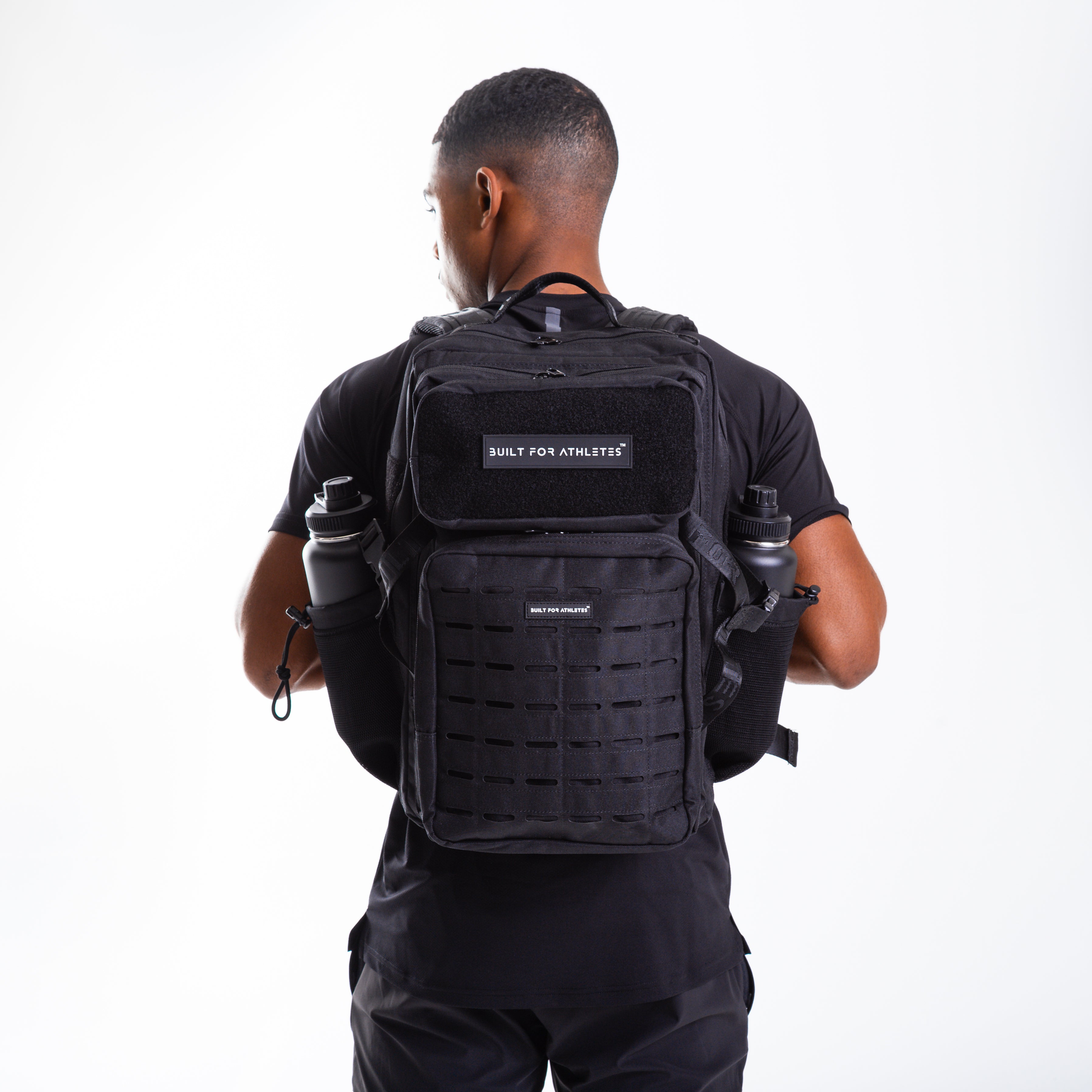
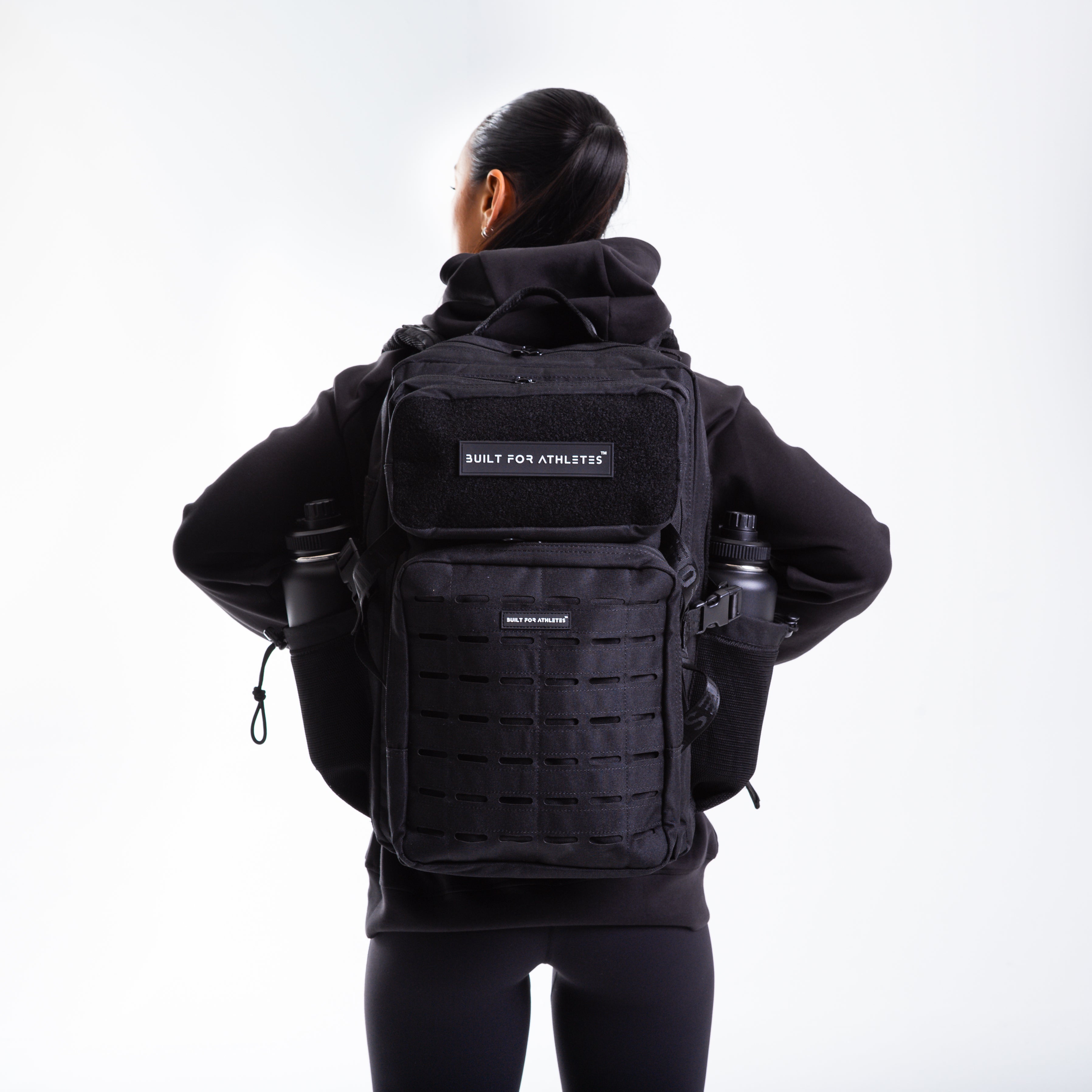
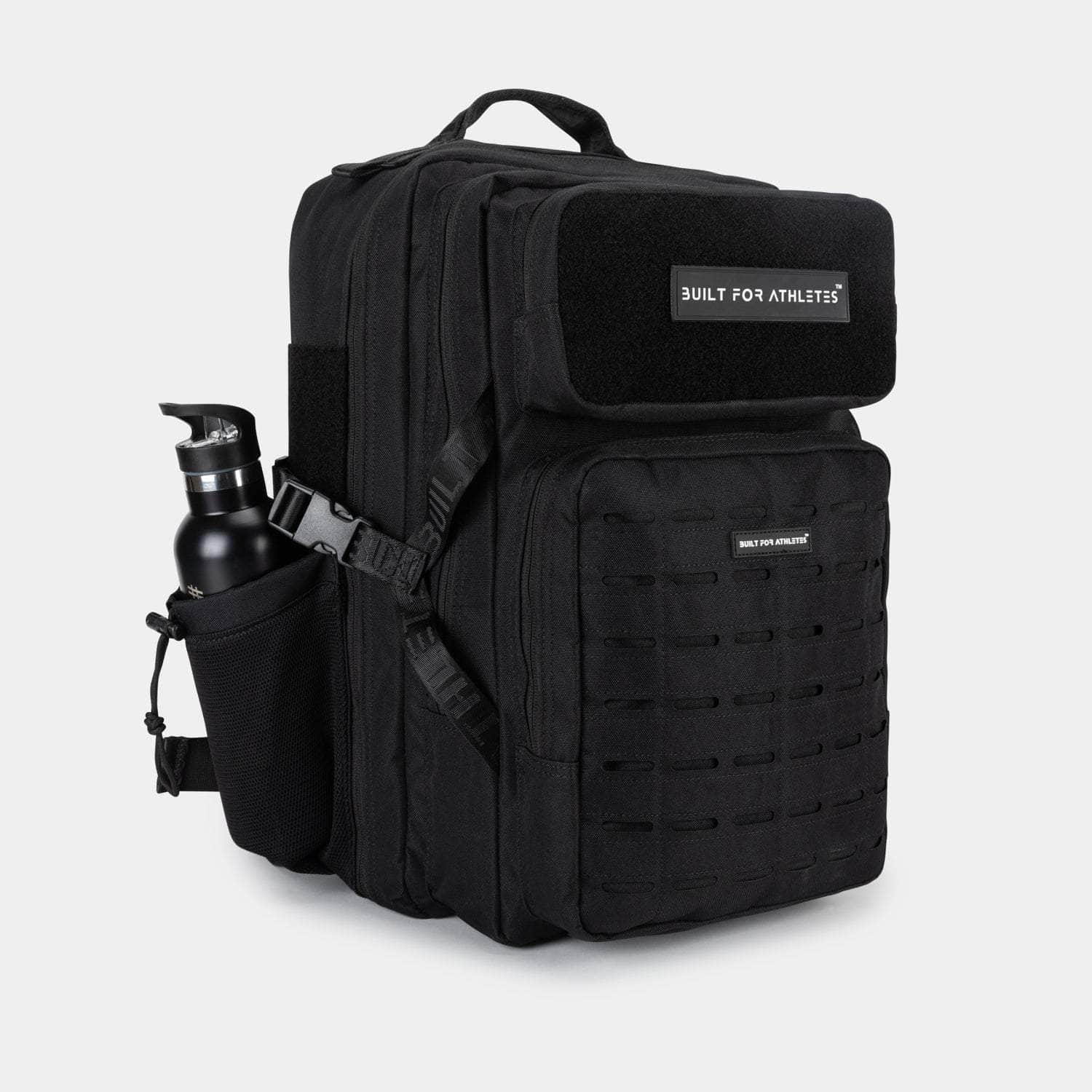





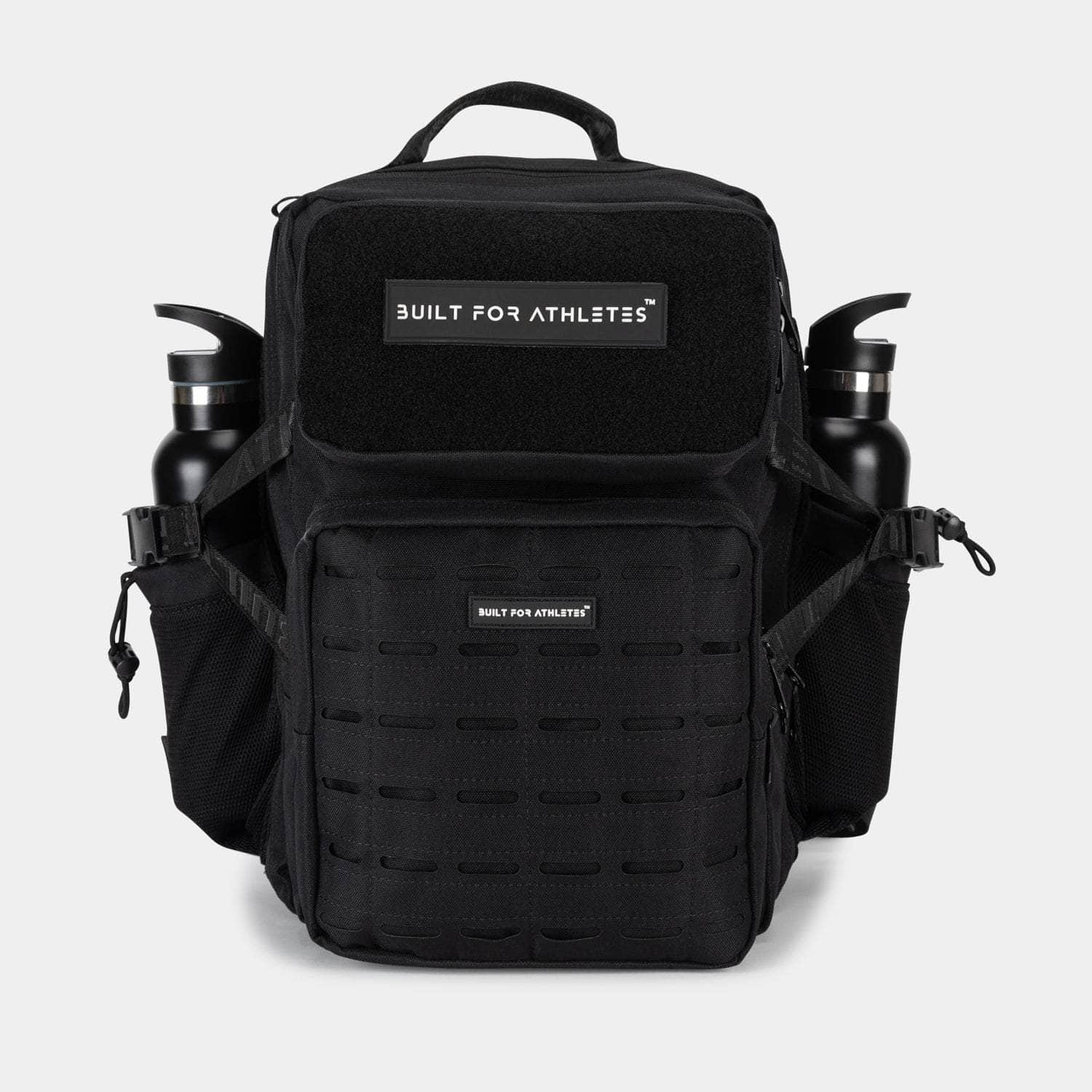


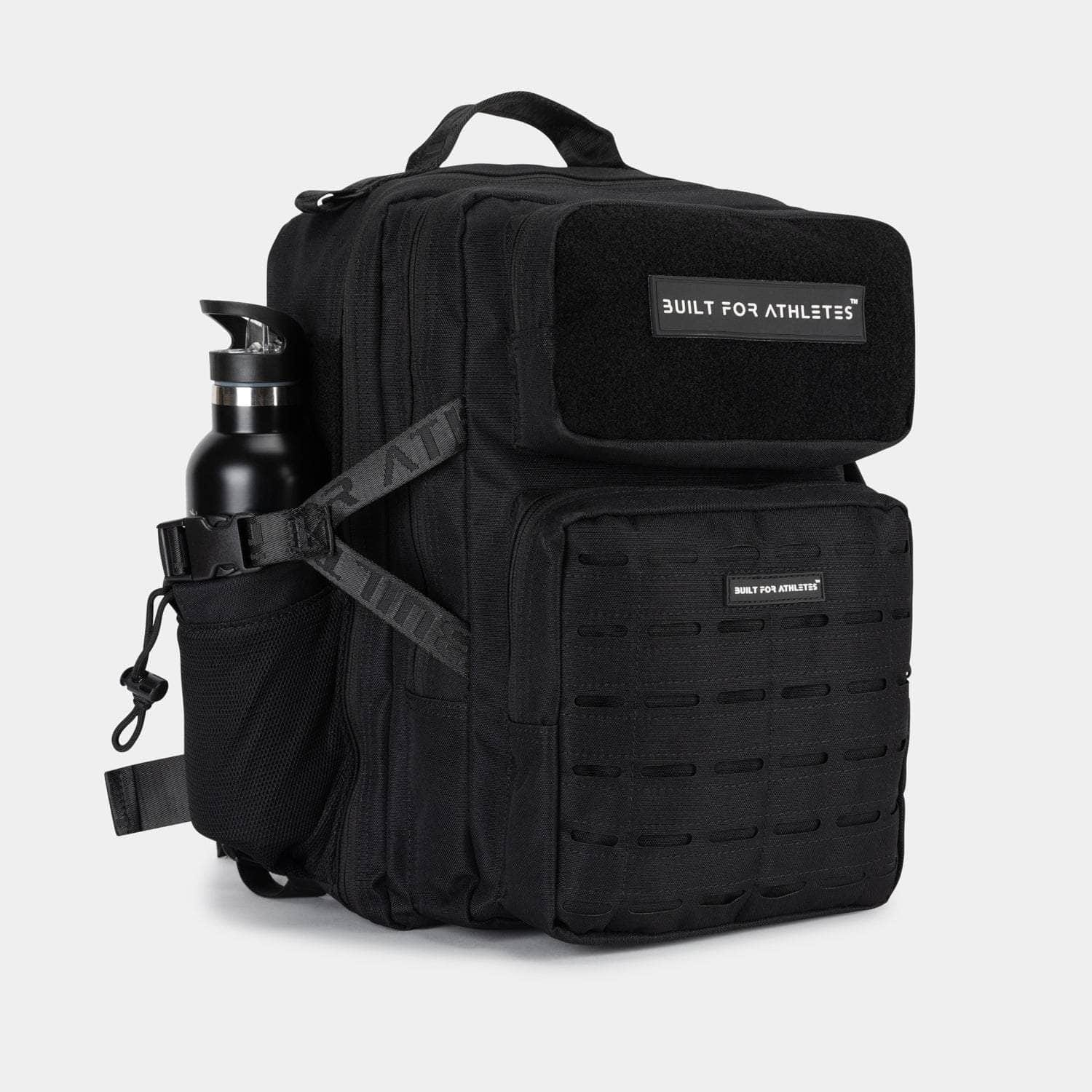



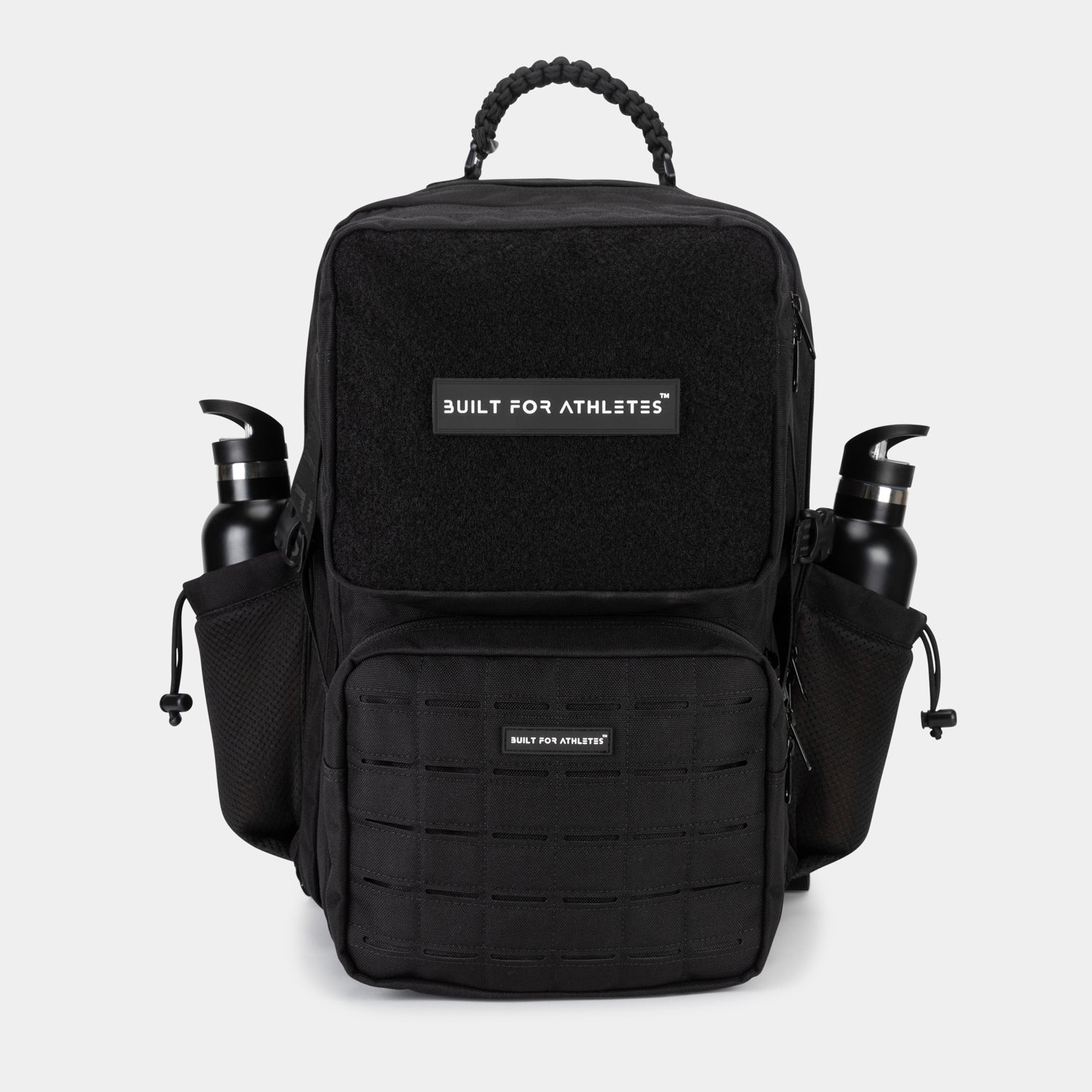

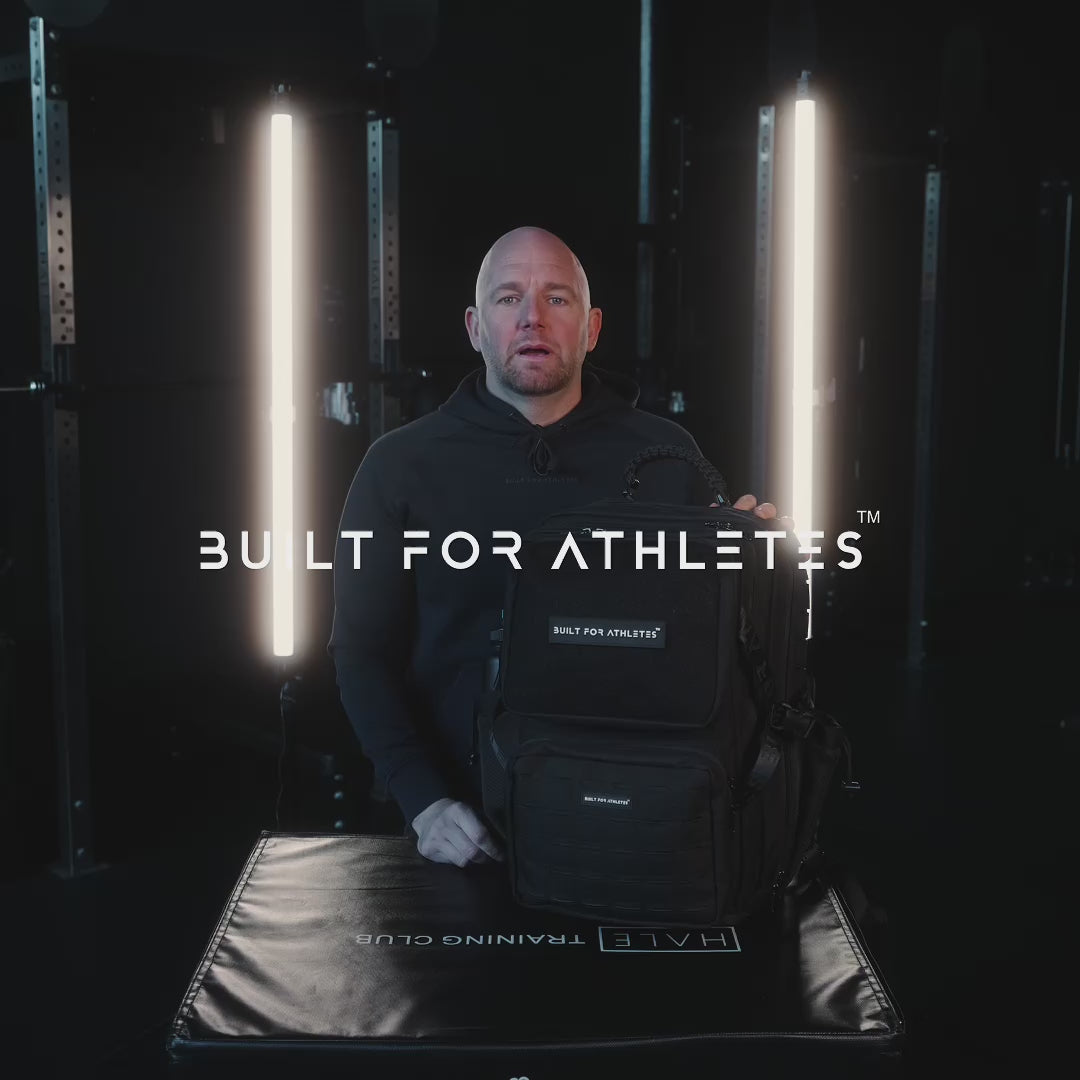









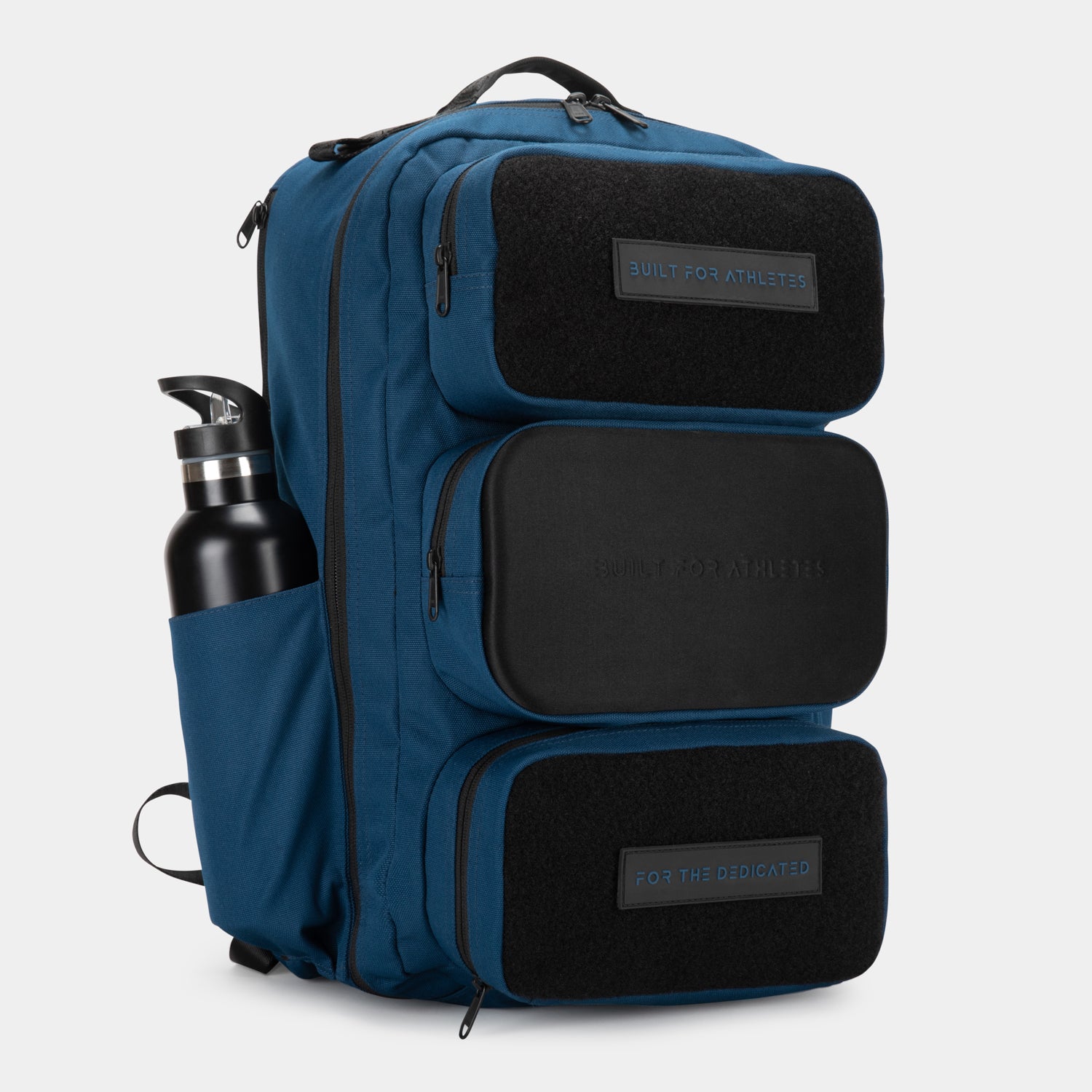
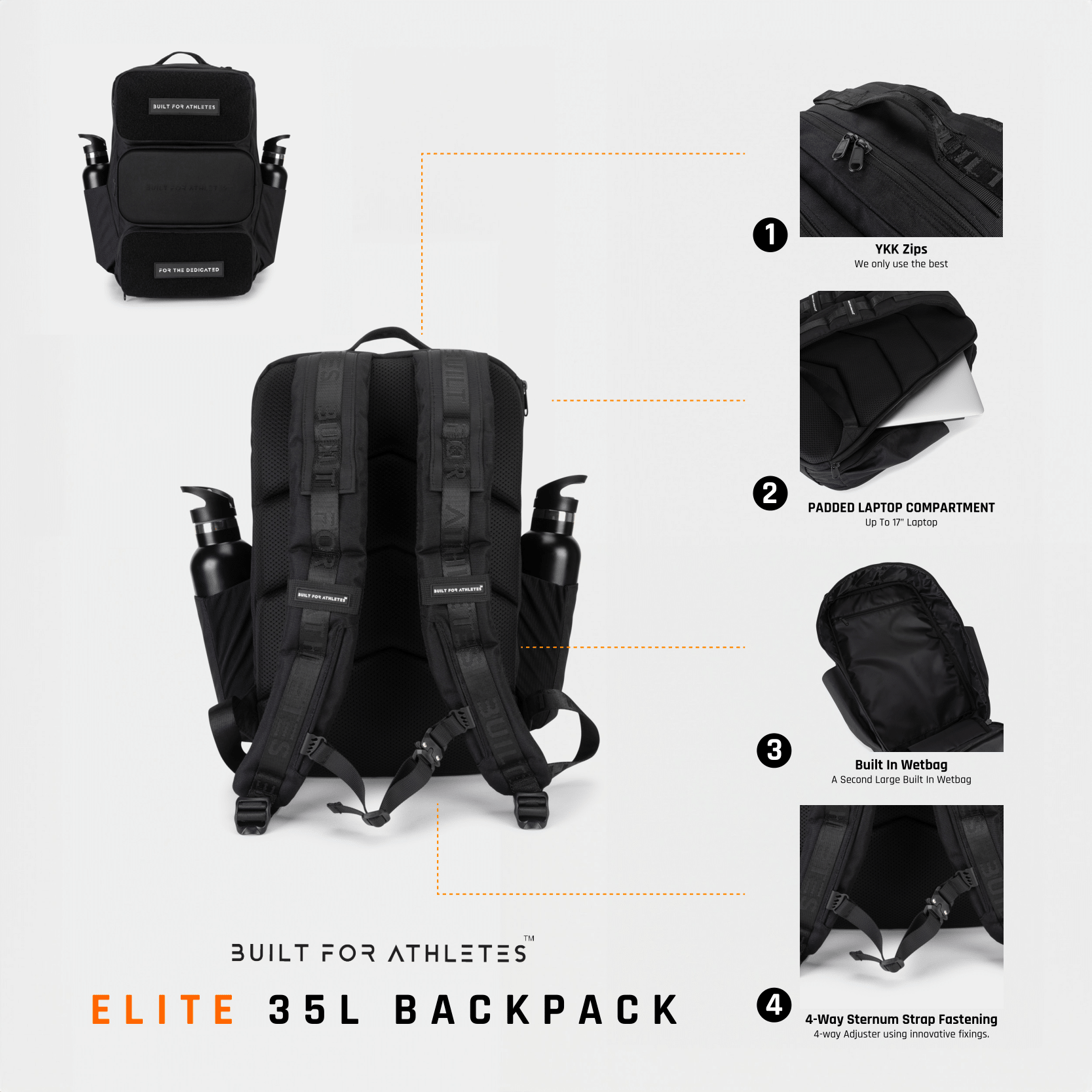






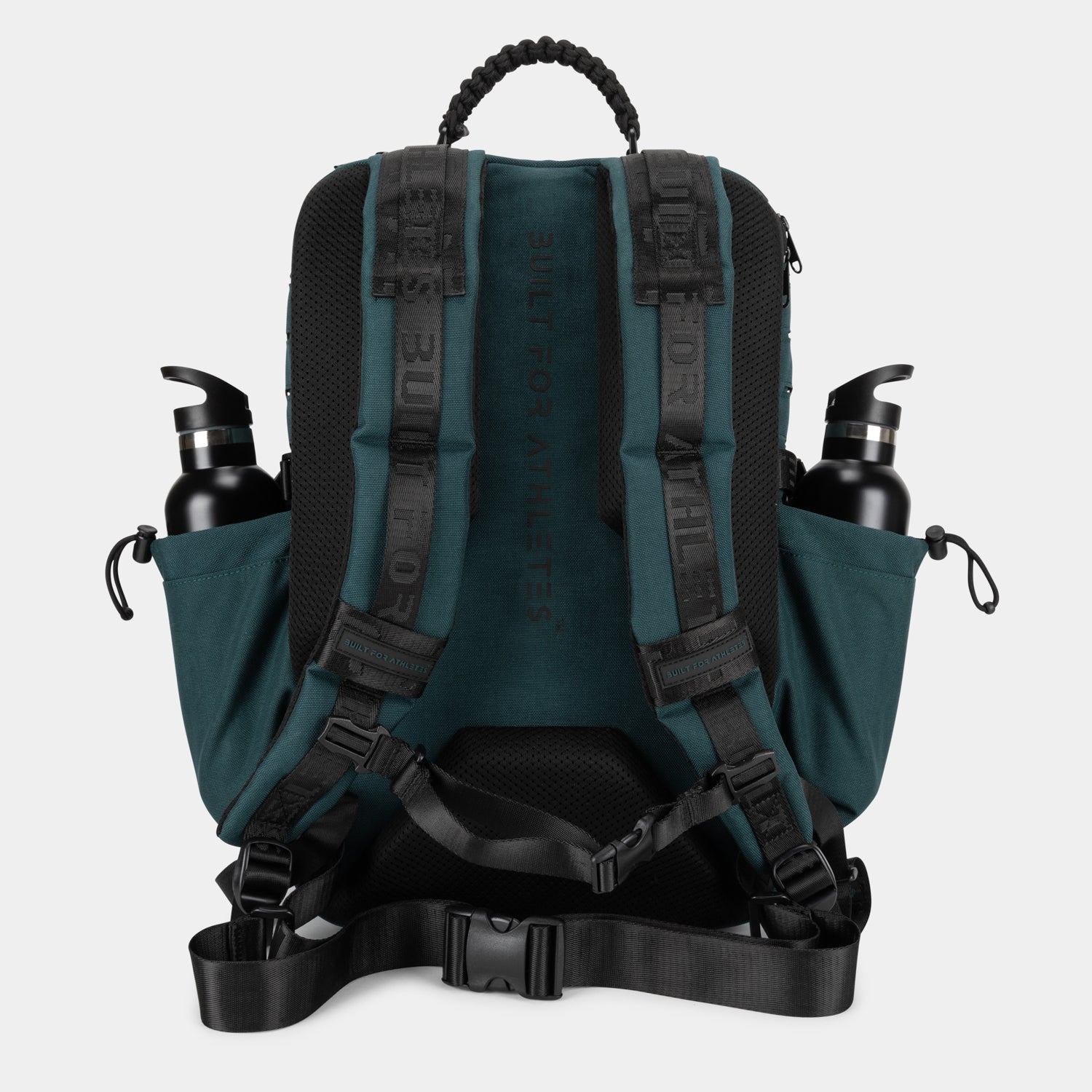
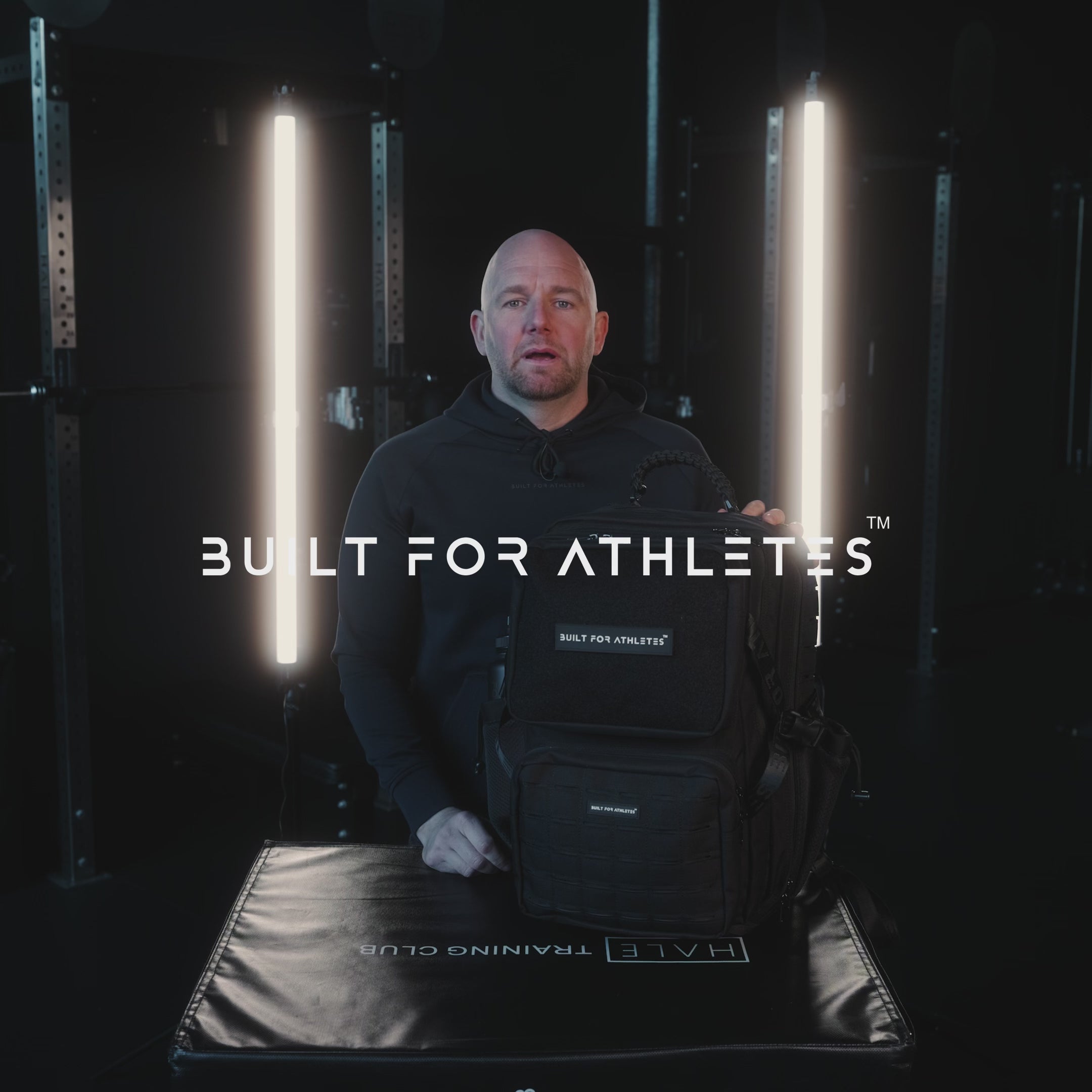
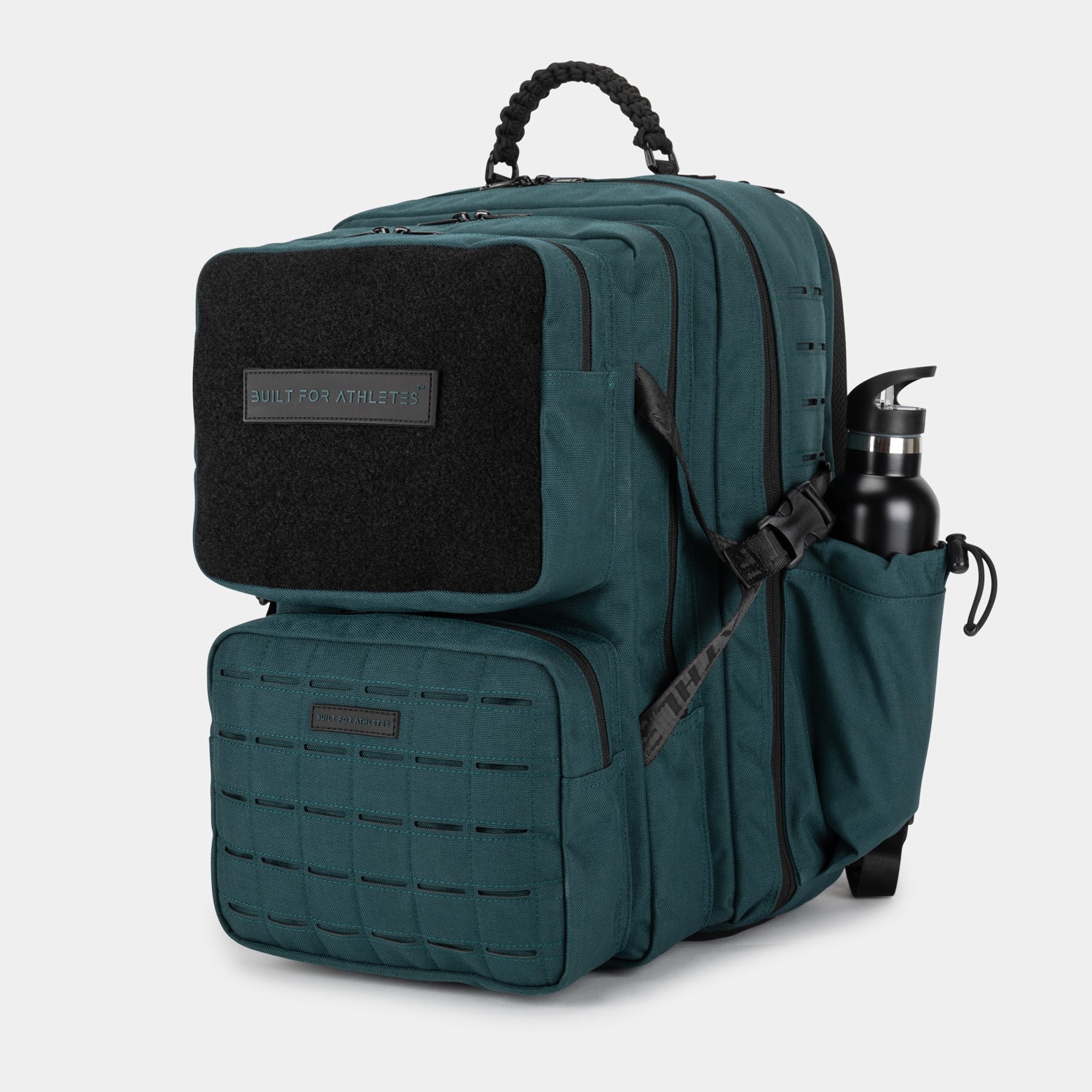
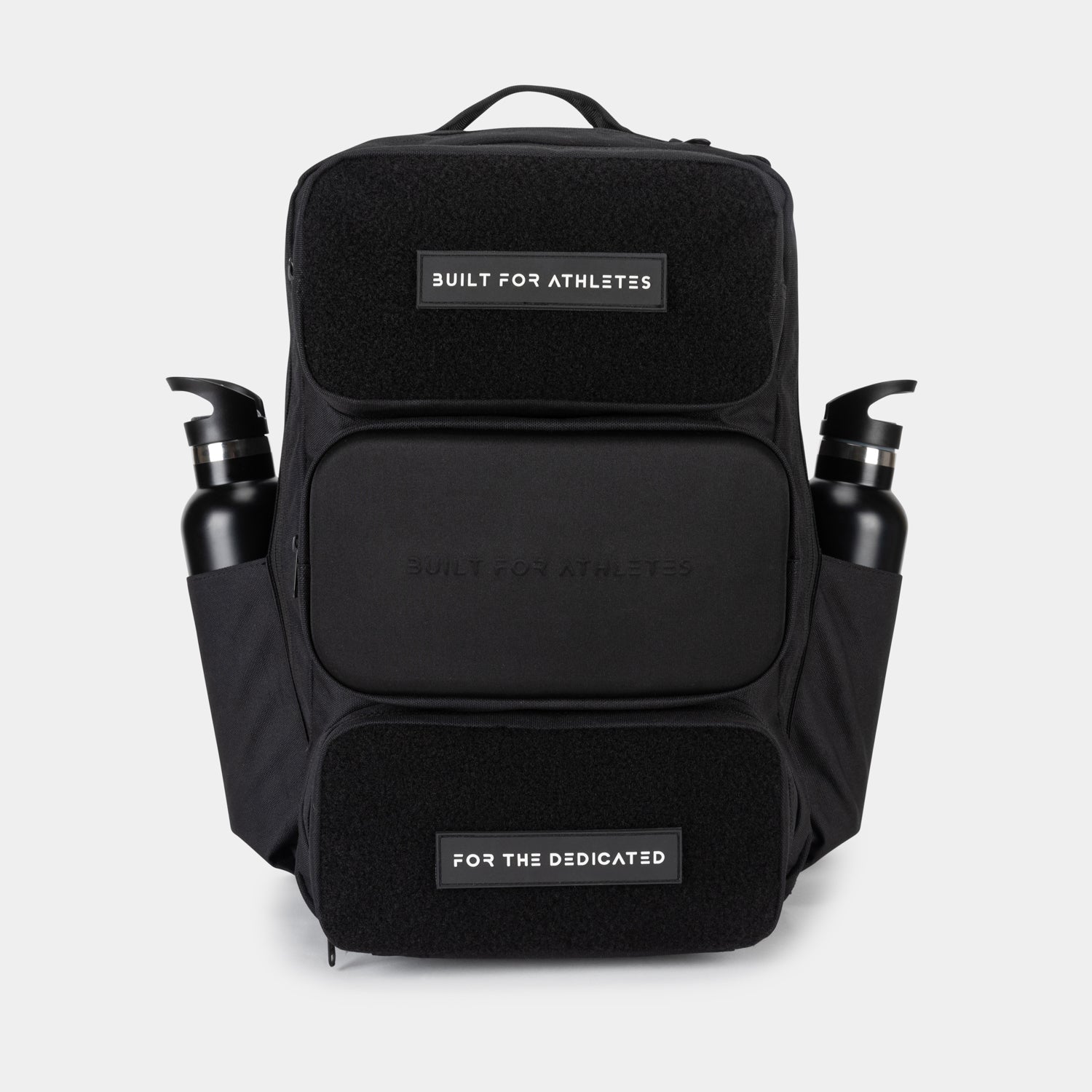
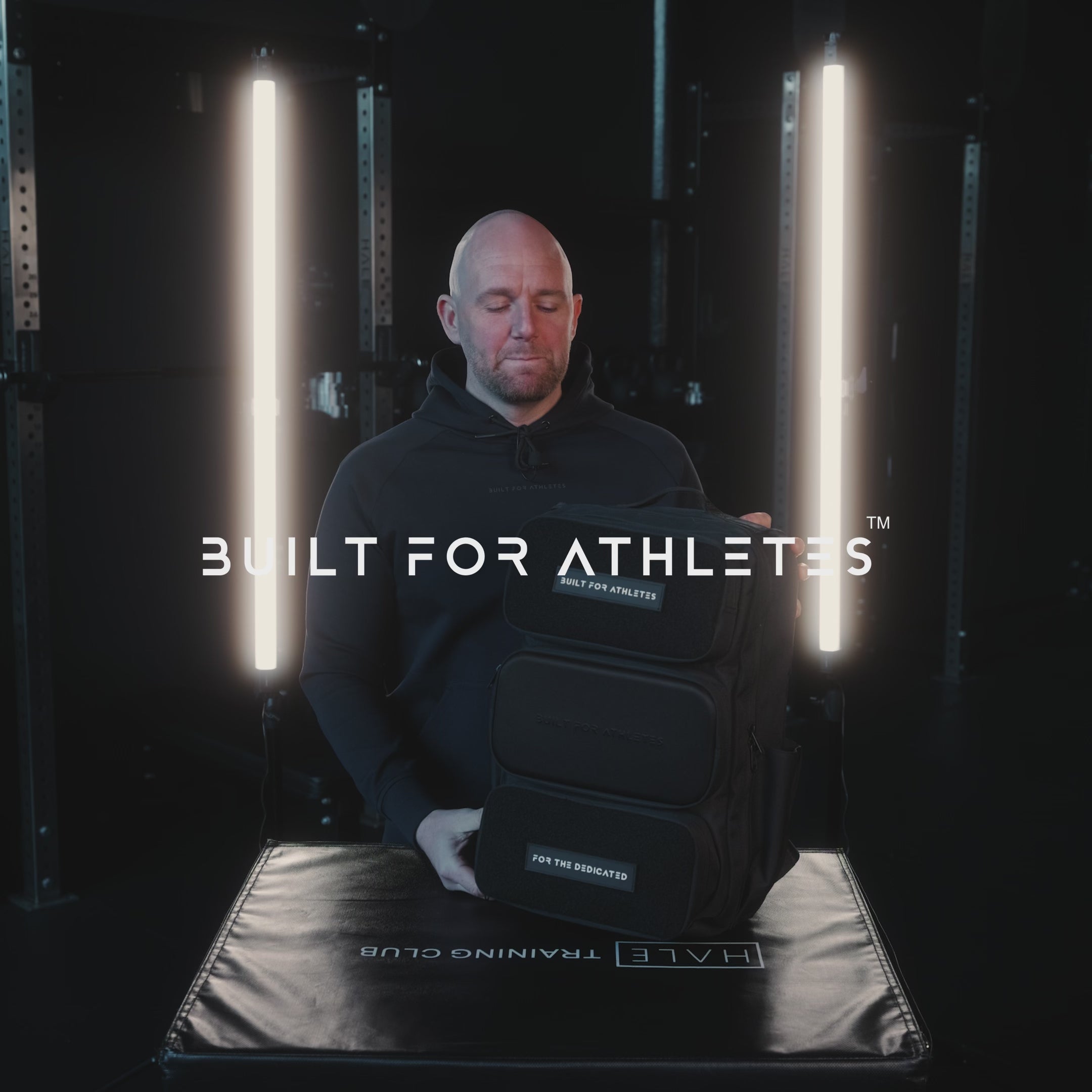
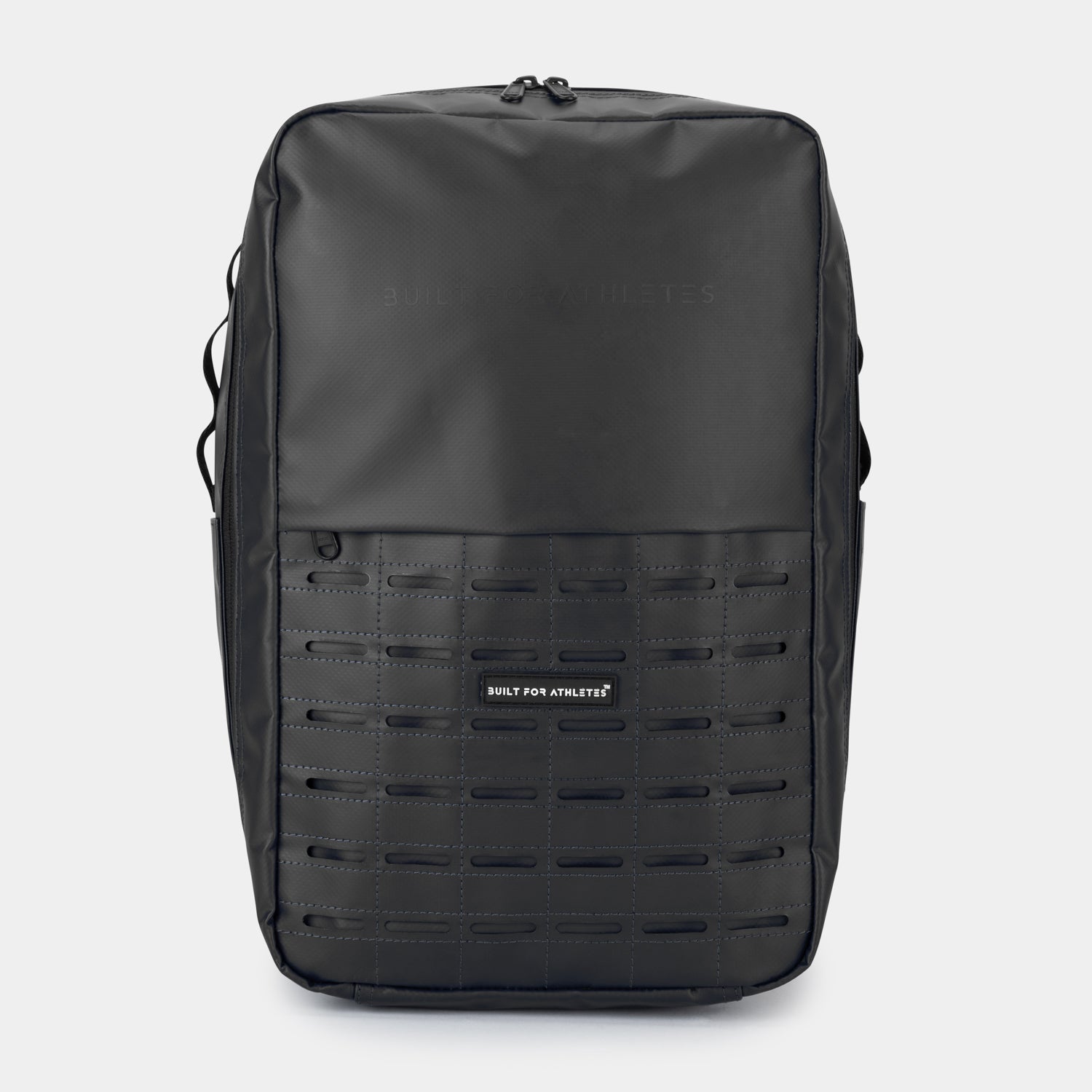
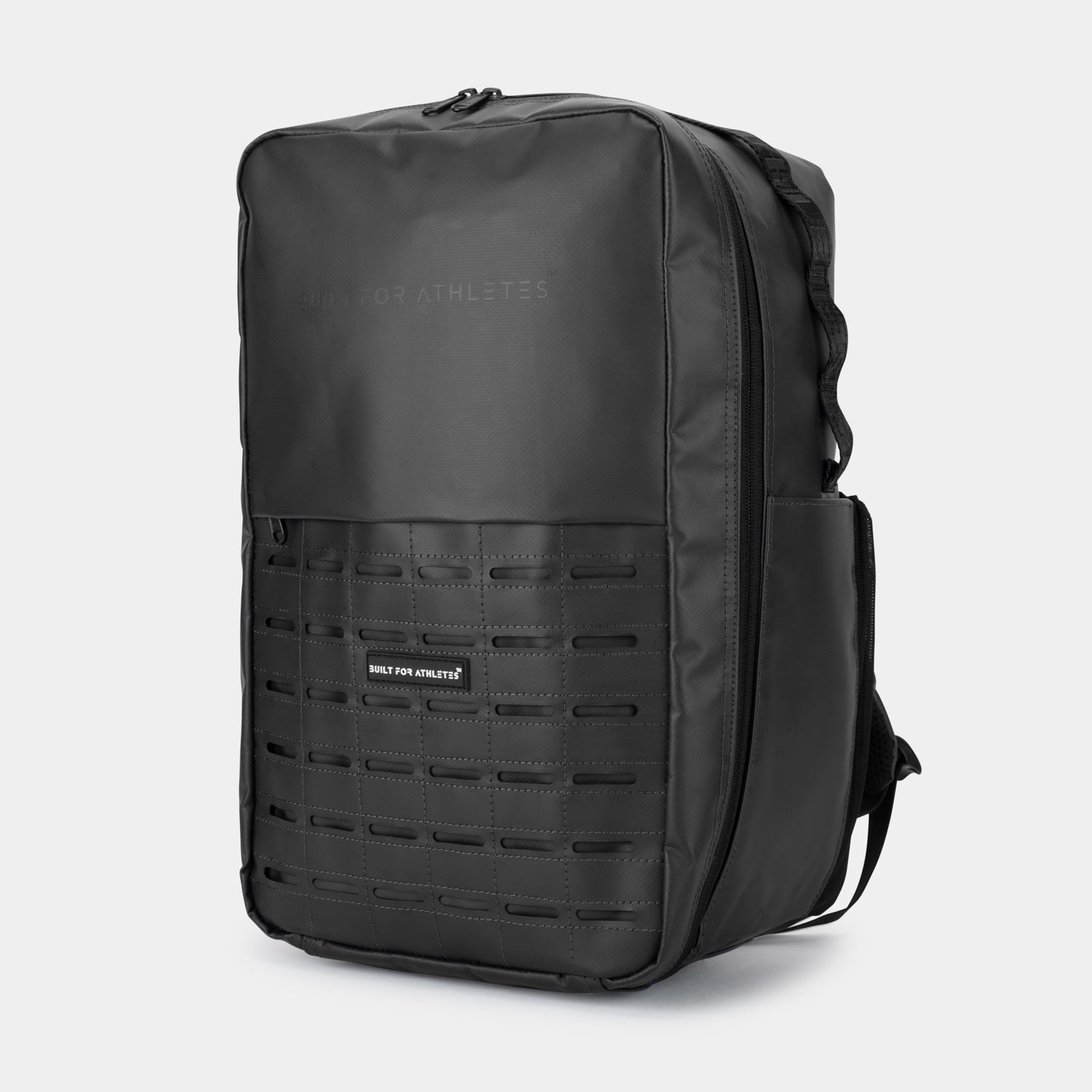

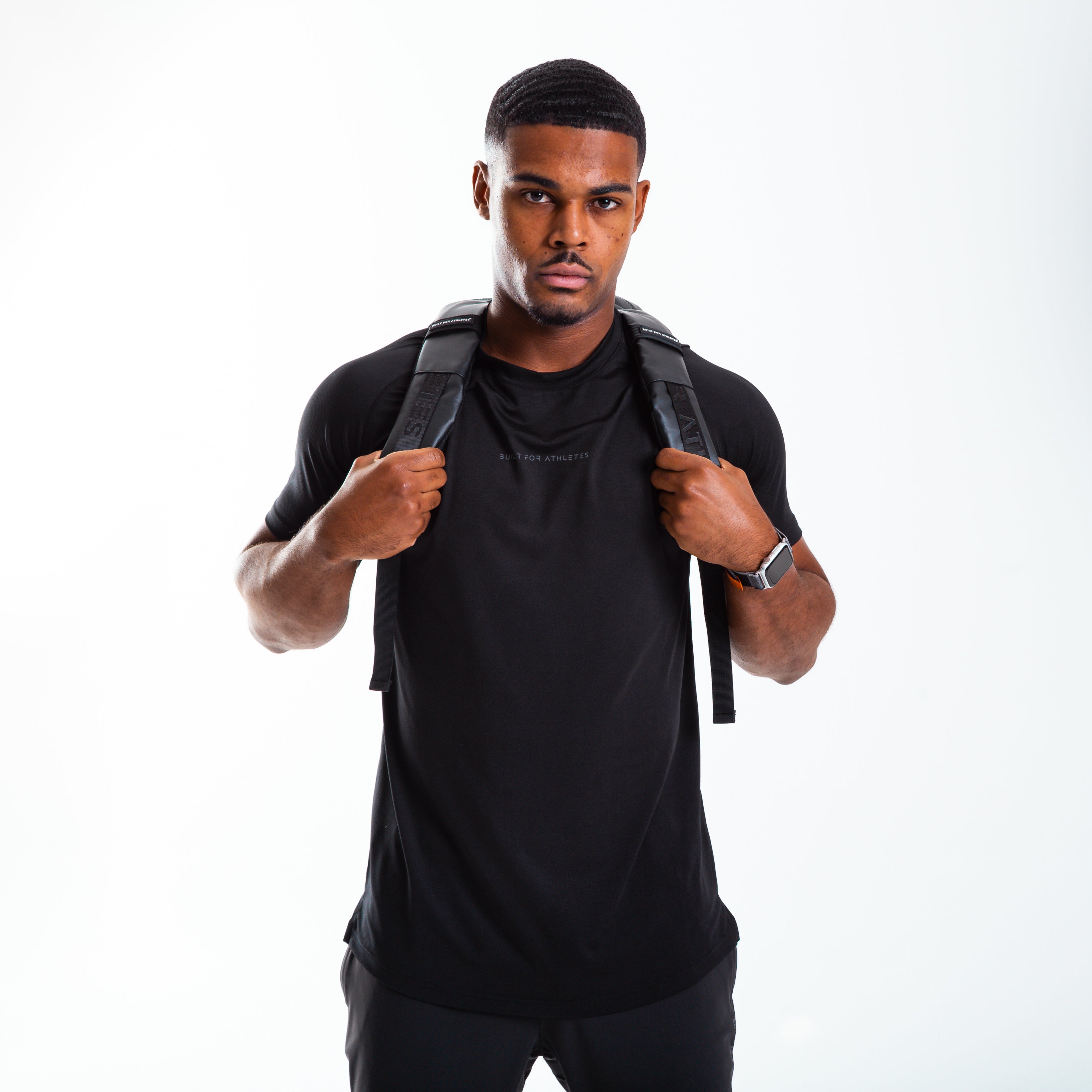



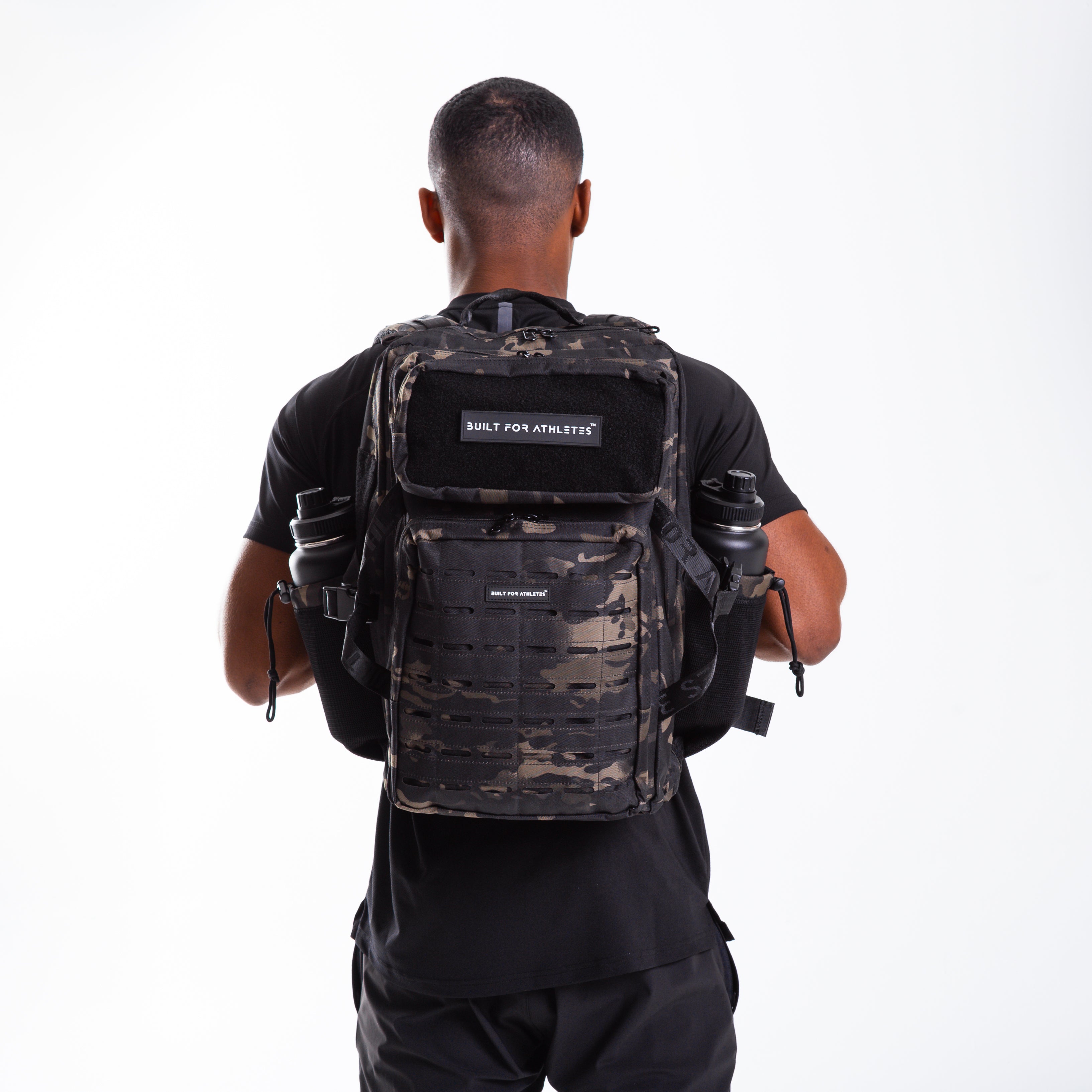

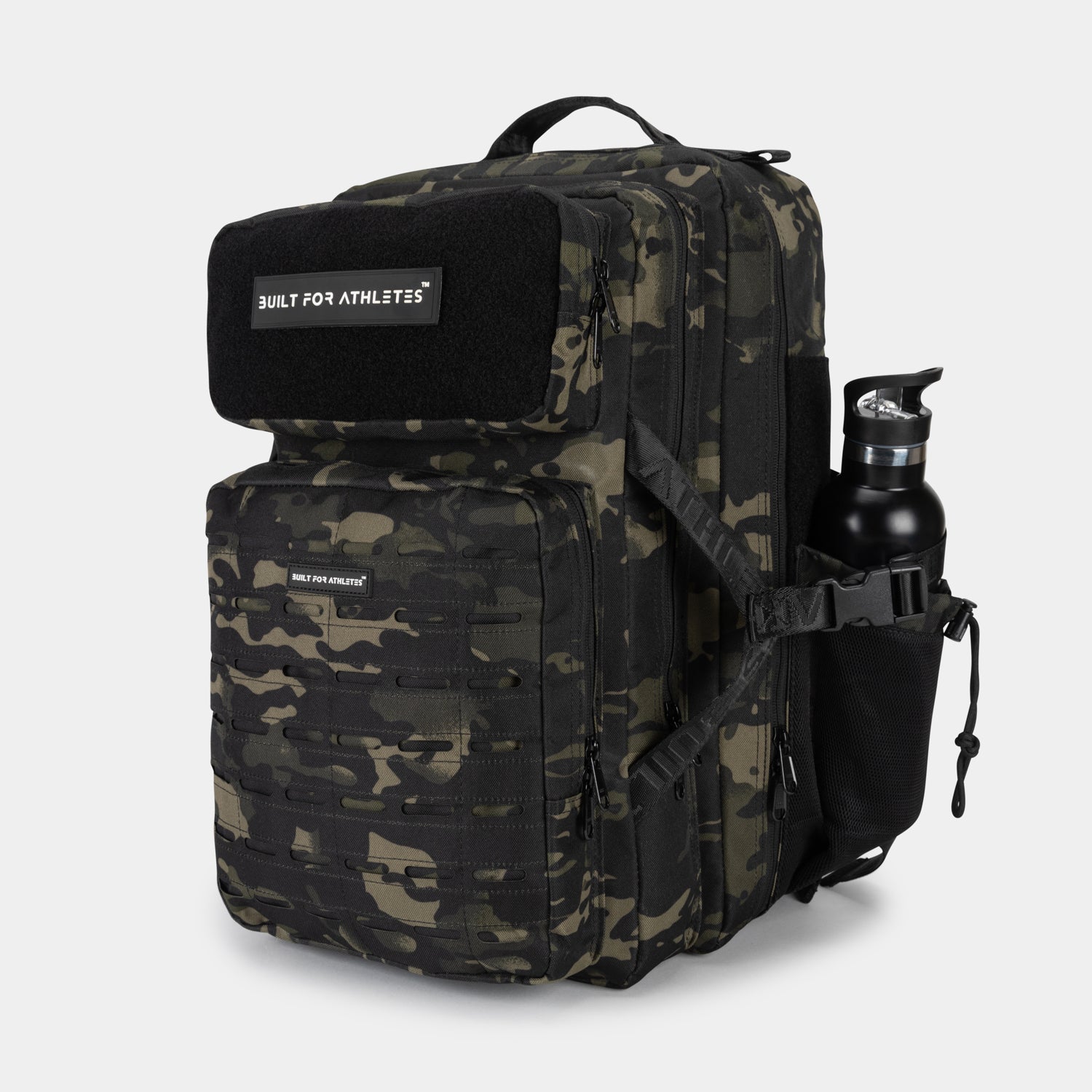
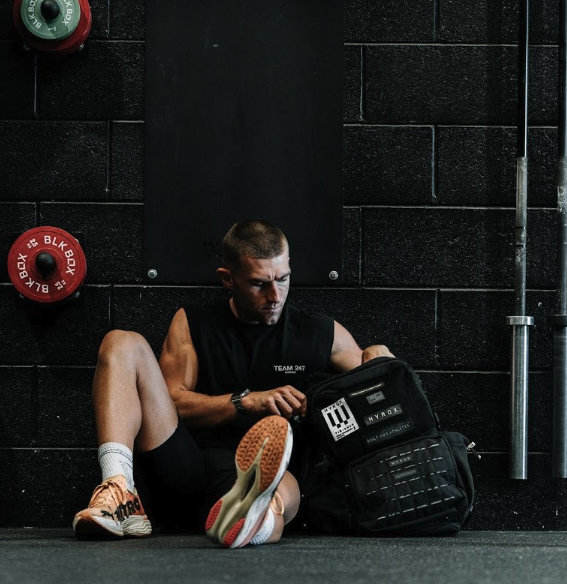
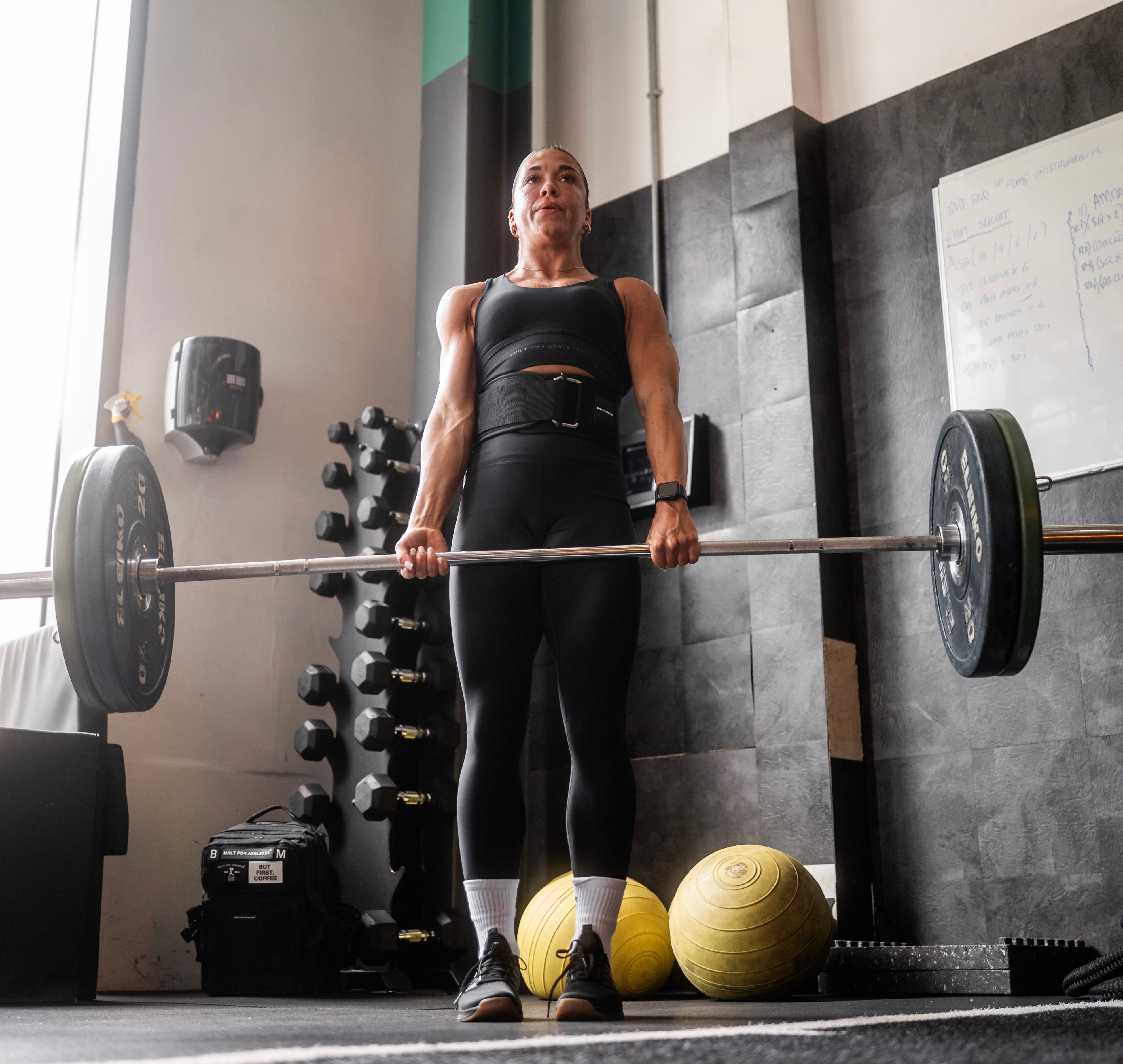
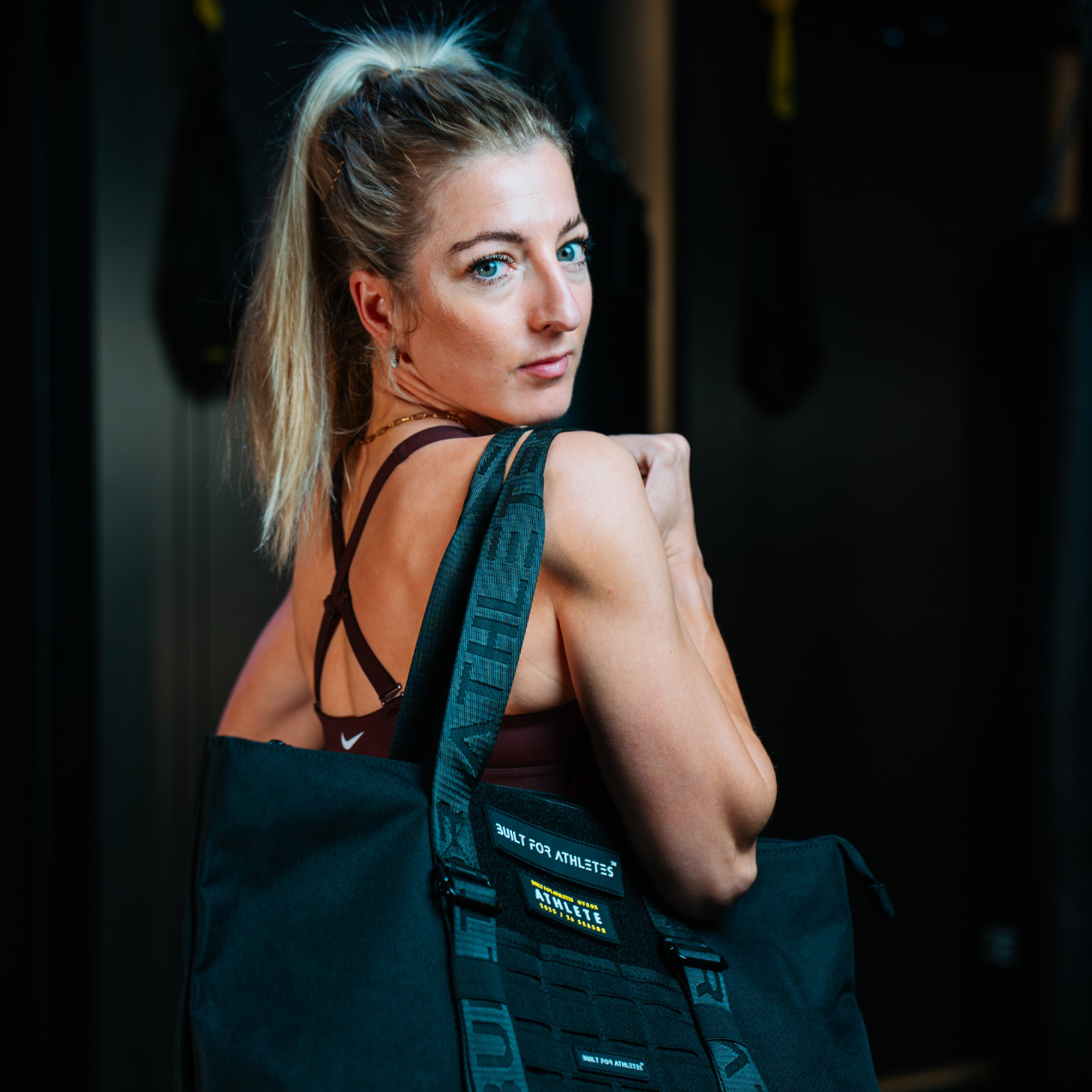
Share:
What Age Do Athletes Peak?
Metabolic Conditioning Workout